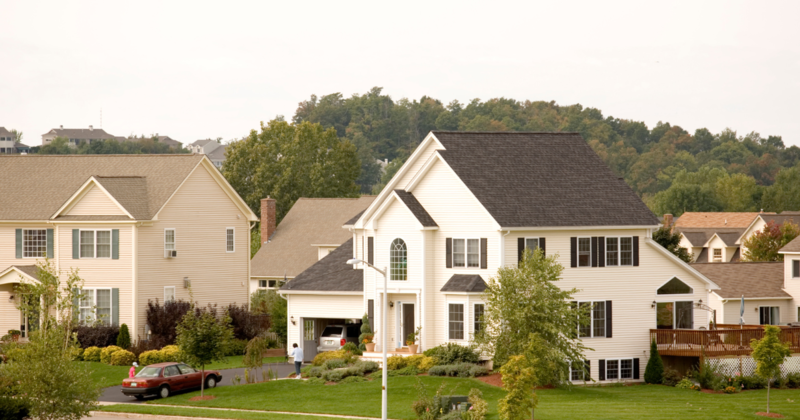Trying to time the market makes sense in theory—buy low, sell high, and wait if…
Adjustable-Rate Mortgages Demystified
Adjustable-rate mortgages (ARMs) are a hot topic for a reason: Not only can they help borrowers avoid committing to higher interest rates, but initial rates for ARMs have also remained lower than fixed-rate mortgages.
For example, these were the average rates in late May:
- 30-year fixed-rate mortgage: 5.1%
- 5/1 ARM: 4.2%
Seems like a no-brainer, right?
Not quite — important details are hidden behind these numbers.
Here’s what you need to know about ARMs for financing or refinancing your home:
1. The rate is temporary. As per the name, ARM interest rates are not meant to last. This means the aforementioned 5/1 ARM would only offer that 4.2% interest rate for the first five years; rates adjust yearly thereafter.
The higher current rates are, the more people who believe these adjustments will provide lower rates later — but their rate could increase instead, and there’s no way to know for certain when you sign.
2. Rate adjustments are capped. Adjustments have a maximum potential increase or decrease each period. The rate cap is important to make note of when reviewing loan terms.
That being said, it’s possible avoid steep rate hikes using strategies like refinancing into a fixed-rate mortgage. However, exit plans can come with caveats: Refinancing, for example, could mean losing progress in your amortization schedule.
3. There are many different ARM options. The first number represents the fixed-rate period (e.g., five, seven or 10 years) while the second refers to adjustments (e.g., every year or six months). This means a five-year ARM can be either a 5/1 ARM or a 5/6 ARM.
The variety creates differing risk (and reward) levels; shorter fixed-rate and adjustment periods can be more volatile but can offer lower interest rates.
Want to find the right mortgage for you? Reach out to discover your best options.




